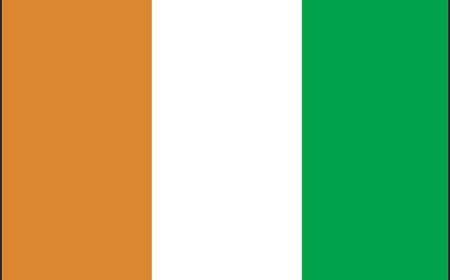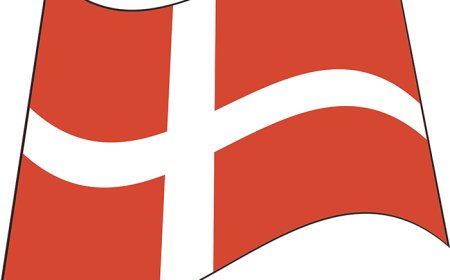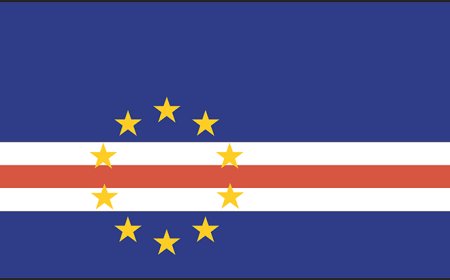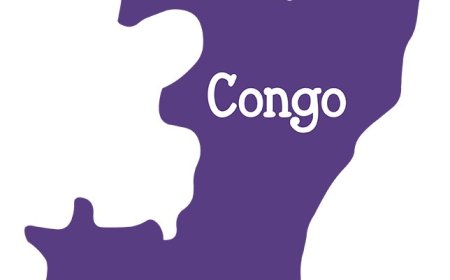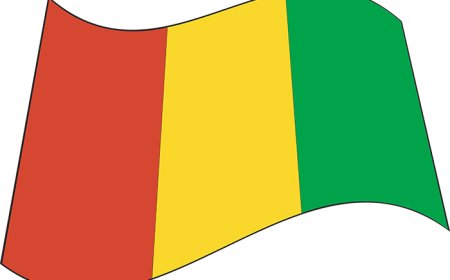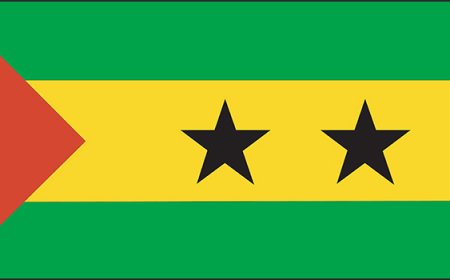Morocco for Students: Geography, Culture, and History of a North African Kingdom
Discover Morocco’s colorful cities, mountains, deserts, and traditions in this engaging article for students. Includes quiz, vocabulary, and national standards.
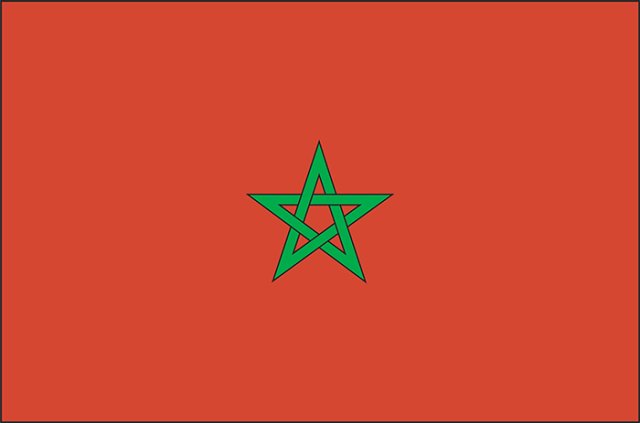
🕌 Introduction: A Blend of Past and Present
Morocco is a country at the northwestern corner of Africa, where the Atlantic Ocean meets the Mediterranean Sea. Known for its ancient cities, colorful markets, tall mountains, and sweeping deserts, Morocco is a place where Arab, Berber, African, and European cultures blend together.
Morocco is often called the "Gateway to Africa" because it connects the African continent to Europe through the Strait of Gibraltar. The country’s history includes powerful Islamic dynasties, busy trade routes, and beautiful art and architecture. Today, Morocco is a modern kingdom that honors its traditions while growing rapidly in education, tourism, and business.
🌍 Geography and Environment
Morocco's landscape is incredibly diverse. In the north, the country has sandy beaches and fertile plains along the Mediterranean Sea and Atlantic Ocean. Farther inland, the Rif Mountains and the mighty Atlas Mountains rise up, with snowcapped peaks in the winter. In the south, Morocco stretches into the Sahara Desert, with rocky plains and golden dunes.
The climate also varies across regions. The northern coast has a Mediterranean climate, with mild, rainy winters and hot, dry summers. The mountains are cooler and wetter, while the desert areas are extremely hot and dry most of the year. This variety in geography and weather supports different ways of life, from farming and fishing to herding and tourism.
Morocco borders Algeria to the east and the disputed territory of Western Sahara to the south. To the north, across the sea, is Spain, just 13 kilometers away.
🏛️ Government, Language, and Population
Morocco is a constitutional monarchy, meaning it has a king as its head of state as well as an elected parliament that makes laws. The current king is Mohammed VI, who has ruled since 1999. The capital city is Rabat, but the largest city is Casablanca, known for its port, skyscrapers, and international trade.
Morocco has a population of over 37 million people. The two official languages are Arabic and Amazigh (Berber), which reflect the country’s Arab and indigenous North African roots. Many people also speak French, and in some areas, Spanish or English is used, especially in tourism and education.
Islam is the official religion, and most Moroccans are Sunni Muslims. Religion plays a strong role in daily life, including prayer, holidays, and traditions.
The currency of Morocco is the Moroccan dirham (MAD).
🎭 Culture and Daily Life
Moroccan culture is vibrant and diverse, with deep roots in both Arab-Islamic and Berber (Amazigh) traditions. The people of Morocco are known for their hospitality, creativity, and love of family. Social life is often centered around the home, where people gather for meals, prayer, and celebrations.
Clothing in Morocco often includes traditional robes and scarves, especially in rural areas. Men may wear a djellaba, a long robe with a hood, while women often wear kaftans or headscarves. In cities, modern fashion is also common.
Moroccan cuisine is famous worldwide. Dishes are often rich in spices like cumin, cinnamon, saffron, and paprika. A national favorite is tagine, a slow-cooked stew made with meat, vegetables, and spices. Other popular foods include couscous, harira (a hearty soup), and briouats (savory stuffed pastries). Mint tea is the national drink and is served with great care, often in small glasses with fresh mint and sugar.
Art, music, and storytelling are important parts of Moroccan life. Traditional music styles include Andalusian, Gnawa, and Amazigh rhythms, each with its own instruments and dances. Crafts like tile work, wood carving, and carpet weaving are world famous.
📜 History: Kingdoms, Trade, and Cultural Riches
Morocco’s history goes back thousands of years. It was once home to early Berber civilizations and later became a center of trade and learning during the Islamic Golden Age.
In ancient times, Morocco was part of the Roman Empire, and ruins from that era still remain, such as the city of Volubilis. In the 7th century, Arab armies brought Islam to Morocco, and powerful Islamic dynasties like the Almoravids and Almohads built great cities, mosques, and schools.
In the 15th and 16th centuries, Morocco resisted both Spanish and Portuguese control and remained independent while much of Africa was colonized. However, in the early 1900s, Morocco became a French and Spanish protectorate. The country gained its independence in 1956 and has remained a monarchy ever since.
Today, Morocco honors its past with pride and looks to the future through modern education, technology, and cultural preservation.
💰 Economy and Resources
Morocco has a diverse economy that includes agriculture, mining, tourism, and manufacturing. The fertile northern plains produce olives, citrus fruits, grains, and vegetables, while sheep and goats are raised in the mountains. Along the coast, fishing is also important.
Morocco is the world’s largest exporter of phosphate, a mineral used in fertilizer. Other important industries include textiles, car parts, leather goods, and renewable energy.
Tourism plays a major role in Morocco’s economy. Visitors from all over the world come to explore its historic cities, desert adventures, beaches, and mountain villages. Cities like Marrakech, Fes, and Chefchaouen are famous for their architecture, souks (markets), and cultural festivals.
The government is also investing in green energy, including solar farms and wind power, to build a sustainable future.
🌄 Wildlife and Natural Beauty
Morocco’s natural environments include coastlines, forests, deserts, and mountains, each home to different types of wildlife. In the Atlas Mountains, you can find animals like the Barbary macaque (a type of monkey), wild boars, foxes, and eagles. The Sahara Desert is home to camels, lizards, scorpions, and desert foxes called fennec foxes.
Morocco also has national parks and nature reserves, such as Toubkal National Park, home to Mount Toubkal, the highest peak in North Africa. Along the coast, marine life includes dolphins, fish, and sea turtles.
Conservation programs are growing, especially to protect forests and endangered species like the Barbary leopard.
📚 Vocabulary List
Word Definition
Maghreb A region of North Africa that includes Morocco, Algeria, and Tunisia
Dirham The currency used in Morocco
Souk A traditional open-air market
Djellaba A long robe with a hood worn in Morocco
Tagine A Moroccan stew cooked in a cone-shaped pot
Medina The old part of a North African city, usually walled
Protectorate A country controlled and protected by another country
Berber (Amazigh) Indigenous people of North Africa
Minaret A tall tower on a mosque used to call Muslims to prayer
Renewable energy Energy from sources like sun and wind that can be reused
🧒 Kid-Friendly Summary
Morocco is a colorful and exciting country in North Africa where deserts, mountains, and oceans all come together. People speak Arabic and Berber and enjoy delicious food like couscous and tagine. In Morocco, you can explore old cities called medinas, shop in busy markets, and drink sweet mint tea. The country has a long history of kings, trade, and learning. Today, Morocco is a modern nation that’s proud of its culture and working toward a bright future.
🎯 Quiz: What Do You Know About Morocco?
1. What is the capital of Morocco?
a) Casablanca
b) Fes
c) Rabat
d) Marrakech
2. What is a tagine?
a) A mountain
b) A type of music
c) A stew cooked in a special pot
d) A desert animal
3. Which mountain range is found in Morocco?
a) Andes
b) Himalayas
c) Atlas Mountains
d) Rocky Mountains
4. What religion do most Moroccans follow?
a) Christianity
b) Buddhism
c) Islam
d) Hinduism
5. What famous part of Moroccan cities is known for narrow streets and shops?
a) Suburb
b) Medina
c) Plaza
d) Fortress


















































